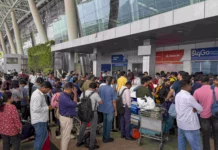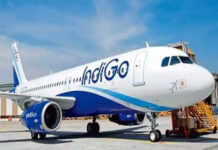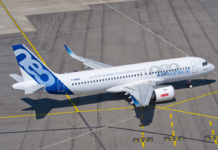MADRID: International tourist arrivals rose by 4 per cent in the first half of 2019, but trade tensions and Brexit uncertainty could hinder growth, the UN World Tourism Organisation has said.
Worldwide destinations received 671 million foreign visitors between January and June, almost 30 million more than in the same period last year, the Madrid-based United Nations body said in a statement September 9.
The increase in international arrivals during the first half of the year was driven by “a strong economy, affordable air travel, increased air connectivity and enhanced visa facilitation”, the statement said.
But it warned that “prolonged uncertainty” about Britain’s looming exit from the European Union, weaker economic indicators and global trade tensions “have started to take a toll on business and consumer confidence”.
The Middle East and Asia posted the biggest tourism growth.
The Middle East saw an 8 per cent rise in international visitors, due in part to an increase in demand during the Muslim holy month of Ramadan, which this year fell in May, as well as during the Eid-ul-Fitr religious holiday in June.
Tourist arrivals in Asia and the Pacific rose 6 percent, largely fuelled by outbound travel from China, the world’s most populous country.
But the agency warned that Chinese spending on international travel was 4 per cent lower in real terms during the first quarter.
“Trade tensions with the USA, as well as the slight depreciation of the yuan, may influence destination choice by Chinese travellers in the short term,” it added.
Tourist arrivals overall in Europe, the world’s most-visited region, grew 4 per cent, fuelled mainly by intra-regional demand and a busy Easter holiday period.
For the whole of 2019, the agency predicts the number of international tourist arrivals will grow by 3 to 4 per cent, in line with historical trends, after increasing by 6 per cent in 2018 and by 7 per cent in 2017. AFP







